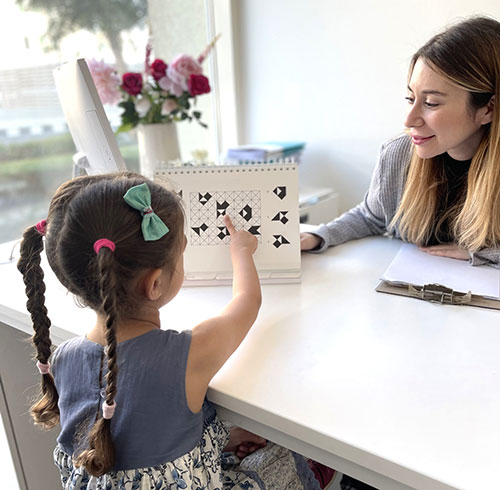American Wellness Center in Dubai Healthcare City is one of UAE’s premier medical centers, is home to leading specialty providers in psychology and behavioral health care. We are proud of our long history of providing compassionate care with each patient's personal needs in mind, and we maintain a firm commitment to putting our patients first.

A child psychologist has professional training and clinical skills to evaluate and treat the mental, emotional, social and behavioral health of infants, toddlers, children and adolescents. Child psychologists have a thorough understanding of the basic psychological needs of children and adolescents and how their family and other social contexts influence their behavior:
Child psychologists also have expert knowledge of mental and behavioral conditions that affect children and focuses on the mental health needs of infants, toddlers and teenagers. AWC Dubai has the most qualfied child psychologists.
Our team of psychologists, therapists and counselors offer comprehensive care for children with medical problems. For example, they may help children with sleep difficulties or chronic pain or those coping with a chronic illness.
The emotional, mental and behavioral conditions that affect children are often treated differently from adults due to differences in age, cognitive levels and maturity hence child psychologists are well trained and qualified to use different types of therapy techniques based on your child’s age and unique situation.
Depending on the age and needs of your child, child psychologists may work solely with you (or guardians) to help with parenting skills or how to best address your child’s behavior needs. These therapies include:
Contact us at American Wellness Center based in Dubai Healthcare City if you’d like to explore the science of the mind to see if there’s a solution which help improve your life.
Our psychologists work with children and teens dealing with: